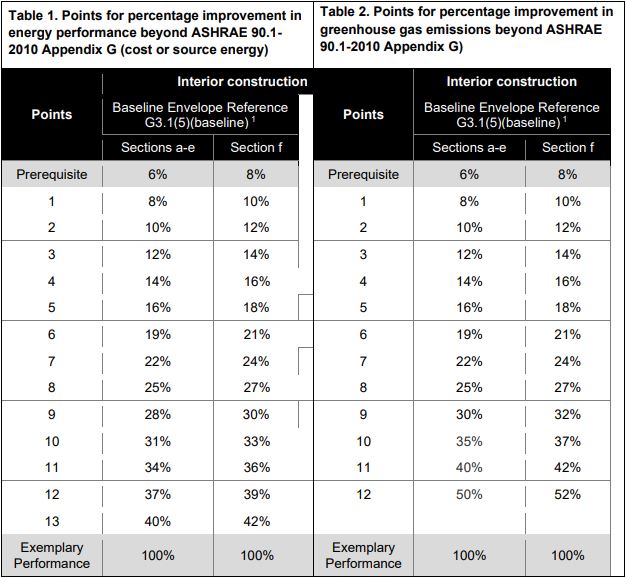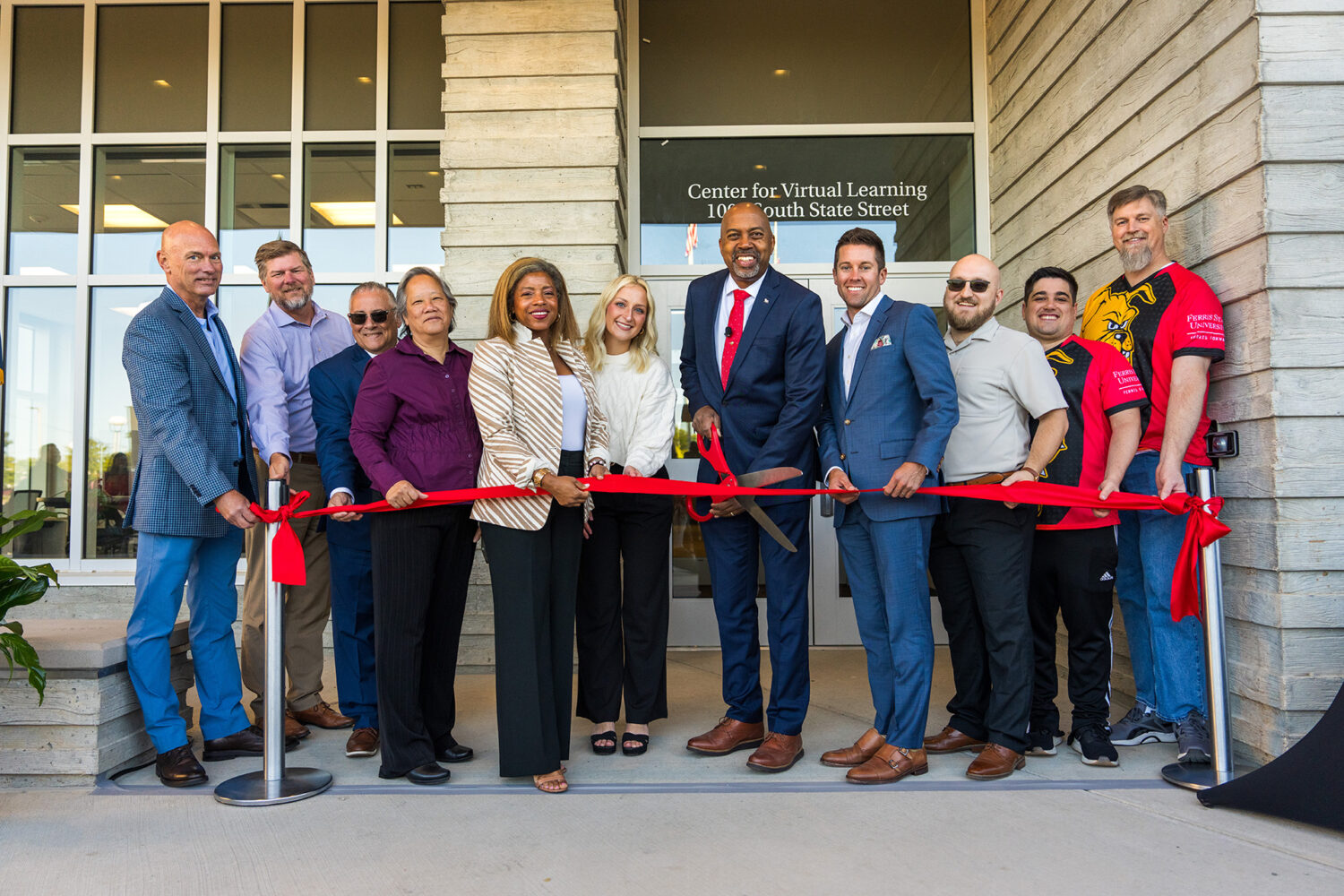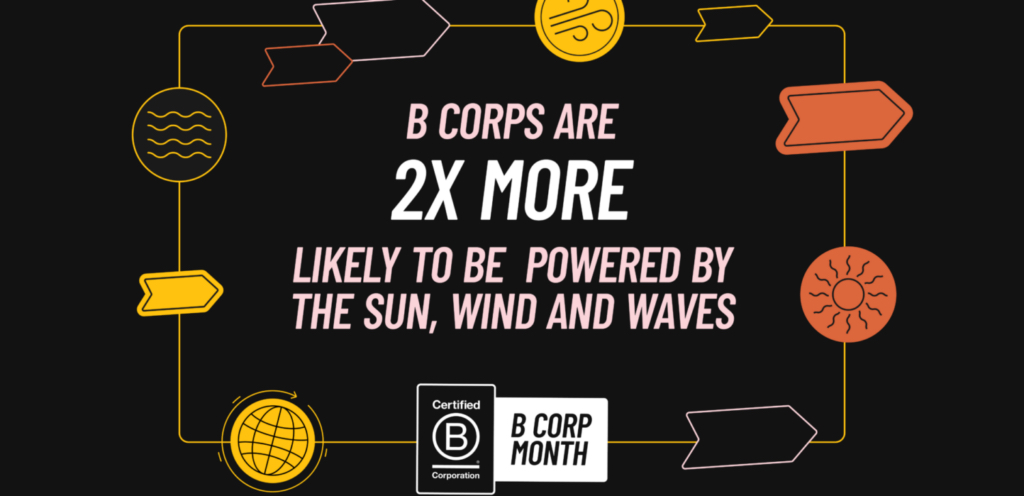 Photo courtesy of FreePik: TravelScape
Photo courtesy of FreePik: TravelScape
Written By: Paul Conrad, Catalyst Partners
On December 19th, 2023, USGBC released a new balloted energy update for the venerable LEED version 4. This is a way to bridge the gap between version 4 and the upcoming (yet-to-be-released) version 5 that we expect to see more of in 2024.
Why is this update being released now?
LEED version 4 has been in the market since 2014 and has since seen widespread use. However, the standards that it promotes have been lagging behind the forefront of the Green Building movement. In 2019 LEED version 4.1 was released to give projects an alternative (and optional) way to meet a higher standard. While project teams have enthusiastically exercised their option to bring single v4.1 credits into their v4 projects, version 4.1 has not seen widespread adoption in its entirety. This has largely been due to the v4.1 requirement of a different energy modeling methodology that makes use of a static (modified) ASHRAE 90.1-2004 baseline. Subsequent Energy Codes are held equivalent to a ratio of that static baseline (e.g. 90.1-2010 is 85% of the energy use of the modified baseline and 90.1-2013 is 80%.)
This created a situation where requiring a newer energy code changed the methodology required to meet that requirement and project teams have largely chosen to stick with the status quo energy modeling methodology. When we see the full release of LEED version 5 and retirement of version 4, this methodology will see much more widespread use. This energy update is a way to increase the requirements of LEED version 4 going forward to bridge the gap until LEED version 5 can be adopted.
How will this affect my project?
This energy update will only affect projects that register after March 1st, 2024.
If you have a project that has already registered or have an upcoming project that you can register before the deadline, this energy update will not apply. All projects registered after that date will be required to use the updated energy thresholds.
Should I voluntarily adopt this energy update?
In most cases, the lower thresholds required by the original LEED version 4 will allow teams to earn more points from a given energy model. Because the updated energy requirements include awarding points for both energy cost savings AND greenhouse gas savings, there may be some unusual projects that can earn additional points via the updated methodology. Those projects should probably investigate EA Pilot Credit 95, LEED Interpretation 10481, and LEED Interpretation 10493 before utilizing this methodology.
What does this update entail?
Building Design + Construction (BD+C) Projects
To meet the minimum requirements to earn the prerequisite, projects were required to achieve an energy cost savings of 5% for new construction projects, 3% for major renovations, and 2% for core and shell projects. These have been updated and reorganized to require:
To earn points under the Energy and Atmosphere credit (EAc) Optimize Energy Performance in LEED version 4, energy cost savings was the only metric, with a new construction project achieving 1 point for 6% energy cost savings and 18 points for 50% energy cost savings. Major renovations, Core and Shell, and other subsets had slightly altered but similar requirements.
Under this Energy Update, the points earned under EAc Optimize Energy Performance will be split between energy cost savings AND greenhouse gas savings. You will add the points earned from Table 1: Points for Energy Cost Savings to the points earned under Table 2: Points for Greenhouse Gas Savings to determine the total number of points earned for EAc Optimize Energy Performance.
There are some important caveats to remember when applying these tables:
- Projects with unregulated energy exceeding 50% of the total proposed building energy for the referenced metric (cost, source energy, or GHG emissions) or projects with more than 40% restaurant area may use the Core and Shell column in Tables 1 and 2.
- On-site renewable energy may be applied to both Table 1 and Table 2 savings.
- New off-site / community renewable energy documented in EAc Renewable Energy (v4.1 Tier 2 Renewable Energy) may be applied to Table 2 savings.
- Buying Renewable Energy Certificates (RECs) from existing sources may not be applied to Table 2.
Table 1: Points for Energy Cost Savings
Table 2: Points for Greenhouse Gas Savings
Interior Design + Construction (ID+C) Projects
Tenant-level energy modeling for ID+C has undergone a similar change in minimum requirements and point earning thresholds. In version 4, ID+C projects were required to demonstrate a 3% minimum energy cost savings. The Energy Update has increased this requirement to 6%.
Earning points in ID+C has also been split between Energy Cost and Greenhouse Gas savings, mirroring the BD+C requirements with adjusted thresholds for ID+C tenant-level energy modeling. One interesting side benefit of the Energy Update for ID+C projects is that they’ve incorporated the requirements of LEED Interpretation 10454. This allows projects to choose between modeling their Baseline Case envelope per ASHRAE 90.1-2010 requirements (Section a-e column) or with the existing building envelope (Section f column). This is a nice addition that should streamline some energy modeling efforts for project teams. The same caveats regarding renewable energy also apply to ID+C.
Why increase the requirements instead of ‘raising the floor’?
Veteran project teams may remember that LEED version 2009 had an energy update that increased the minimum threshold to earn EAp2 Minimum Energy Performance and EAc1 Optimize Energy Performance. This was accomplished by requiring that at least 4 points were earned under EAc1 to earn the EAp2 prerequisite. This “raised the floor” of entry into a LEED Project.
This energy update seeks to accomplish similar goals while learning from the experiences gained from LEED v2009. USGBC appears to be attempting to update LEED v4 to reflect the increased emphasis on carbon footprint reduction as well as attempting to “raise the bar” for projects to continue to use LEED v4 until its eventual sunset. The updates bridge the gap between the aging LEED v4 requirements and preparing for LEED version 5, which is expected to have an even greater emphasis on carbon emissions and reductions, both on the operational and embodied level.
References:









